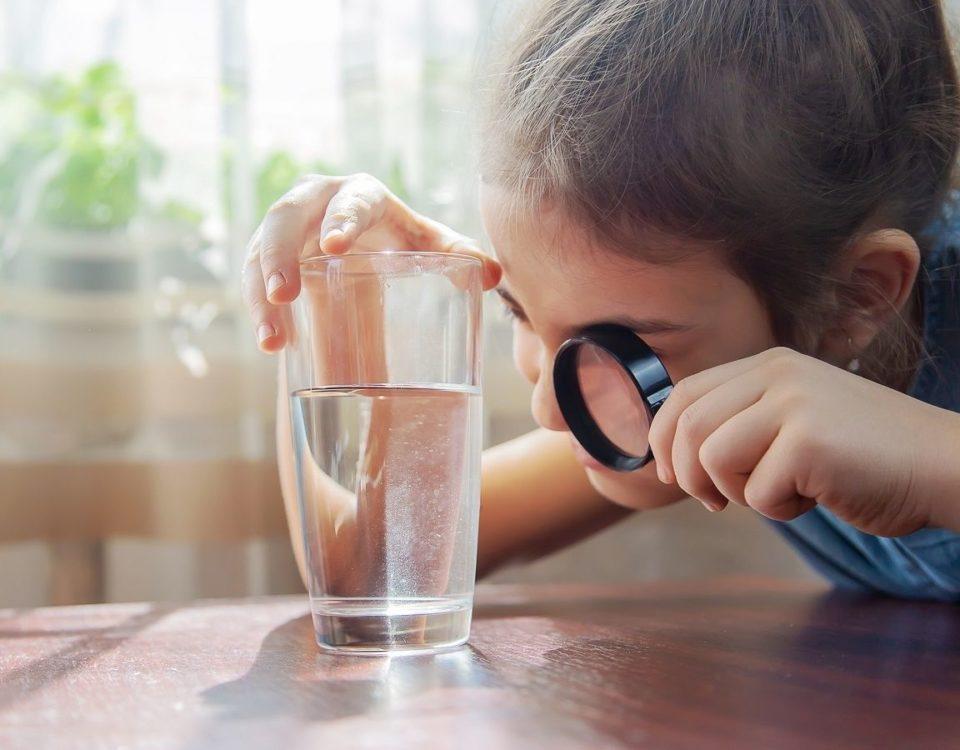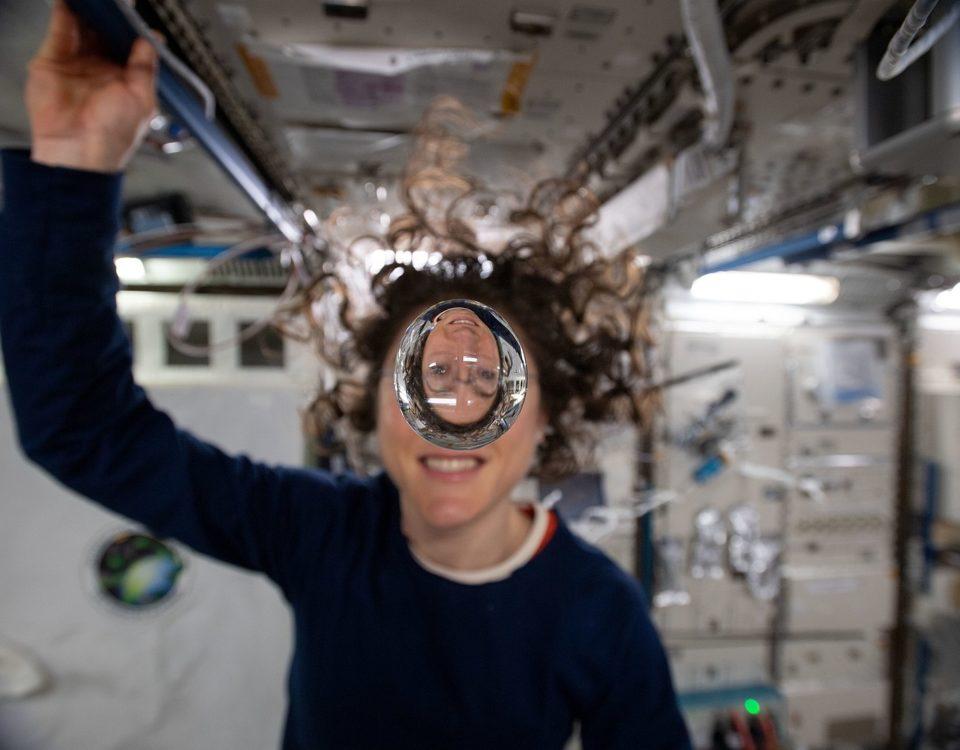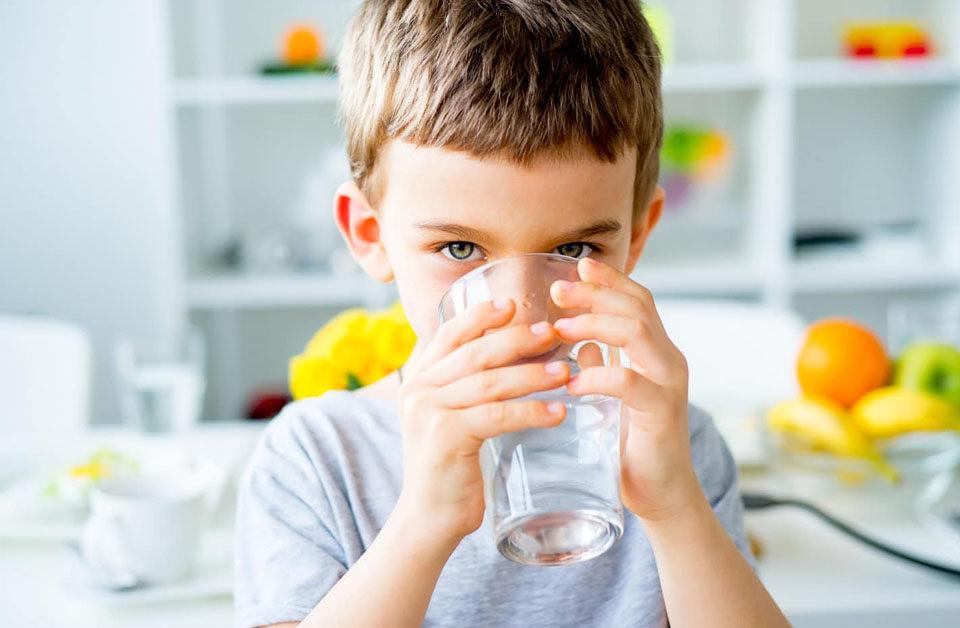Water for babies: beware of nitrates!
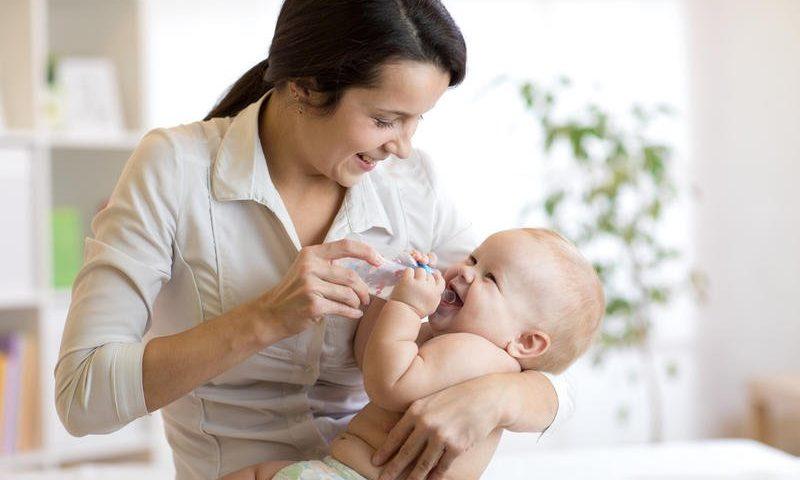
Nitrates are stable nitrogen molecules, naturally present in the environment, but potentially dangerous, even deadly, when their levels are too high in the body. In infants, too much nitrate can cause blue baby syndrome.

Why are there nitrates in the water?
Nitrates develop during the nitrogen cycle, so they are naturally present in the air, land and water. However, the concentration of nitrates ending up in the groundwater has been increasing since the beginning of intensive cultivation. Indeed, the latter generally uses nitrogenous fertilizers1
What is the impact of nitrates on the body?
The harmful effect of nitrates is linked to their transformation into nitrites under microbial action. Nitrites are toxic because they prevent the blood from carrying oxygen, which can cause cyanosis (abnormal bluish colouring of the skin). This condition is known as "methemoglobinemia". Babies are particularly vulnerable to this, hence the name "blue baby syndrome".2
How to reduce nitrates in water?
The maximum nitrate content allowed in drinking water by the European Union is 50 mg/L. For pregnant women and infants, it is recommended to drink water with less than 10 mg/L of nitrates.3
Some bottled waters offer water with low mineral content and therefore low nitrate content. However, pre-packaged water is not only more expensive, but also poses several environmental problems.
Tap water is a good alternative, provided it is treated to remove nitrates. The most effective technology currently available on the market is reverse osmosis , which removes more than 90% of the residues in your drinking water. O25 provides connected osmosis machines that allow you to monitor the quality of your and your child's water in real time directly on your mobile app.
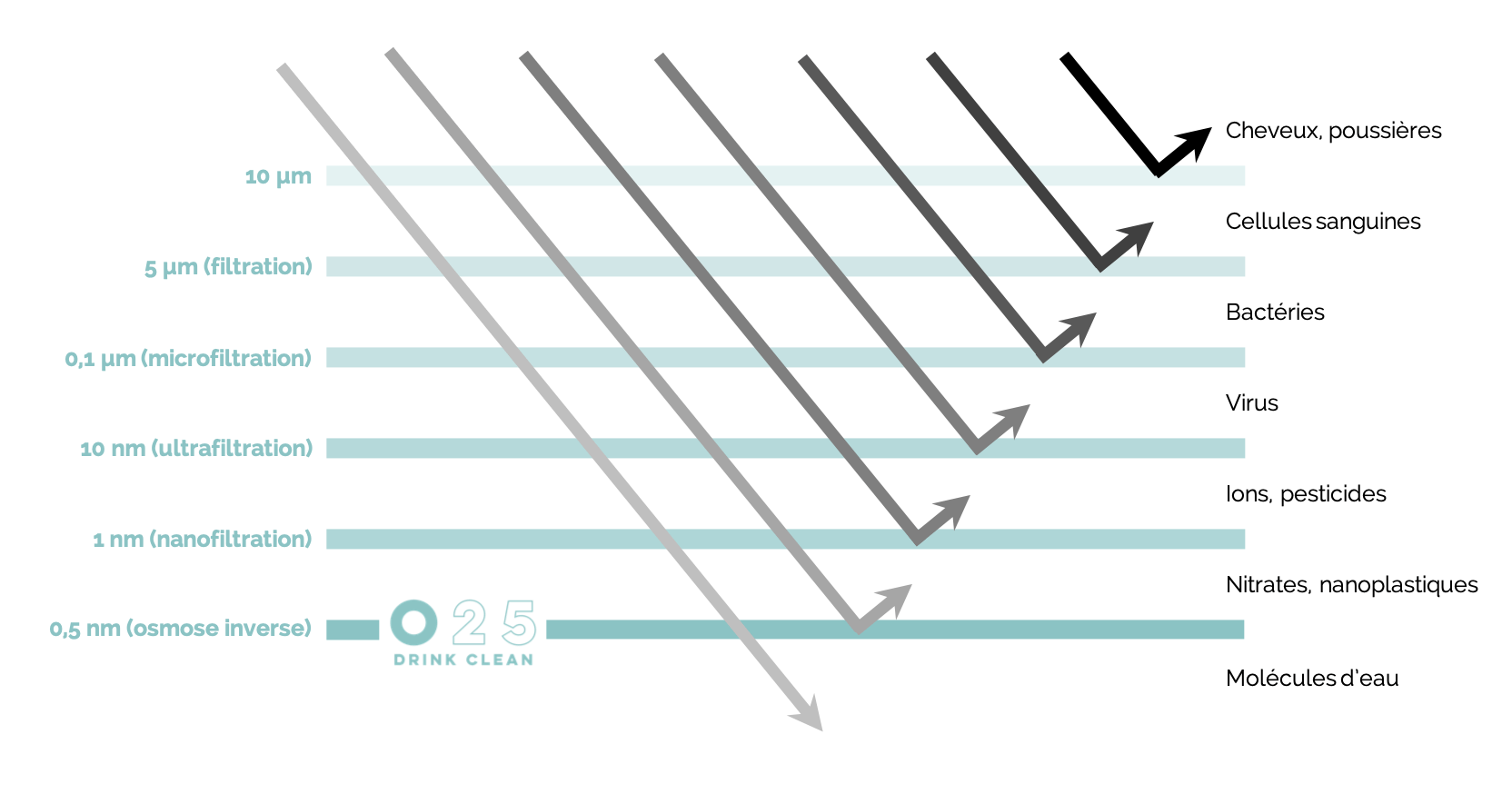
______________
1 https://sante.lefigaro.fr/mieux-etre/environnement/nitrates/quest-ce-que-cest
2 https://fr.wikipedia.org/wiki/M%C3%A9th%C3%A9moglobin%C3%A9mie
3 https://www.cieau.com/leau-et-votre-sante/qualite-et-sante/des-nitrates-dans-leau/

